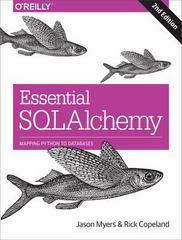Answered step by step
Verified Expert Solution
Question
1 Approved Answer
How the Project Exploration Factor defined in table 6-2 (page 110) can be used to help you choose the right type of agile process to

 How the Project Exploration Factor defined in table 6-2 (page 110) can be used to help you choose the right type of agile process to follow? Give three specific examples for which you think is around a factor of 10, 5, and 1 respectively, provide justifications.The answer should be written by analyzing text book Agile Project Management, by Jim Highsmith, Second Edition, Addison Wesley .
How the Project Exploration Factor defined in table 6-2 (page 110) can be used to help you choose the right type of agile process to follow? Give three specific examples for which you think is around a factor of 10, 5, and 1 respectively, provide justifications.The answer should be written by analyzing text book Agile Project Management, by Jim Highsmith, Second Edition, Addison Wesley .
Step by Step Solution
There are 3 Steps involved in it
Step: 1

Get Instant Access to Expert-Tailored Solutions
See step-by-step solutions with expert insights and AI powered tools for academic success
Step: 2

Step: 3

Ace Your Homework with AI
Get the answers you need in no time with our AI-driven, step-by-step assistance
Get Started


